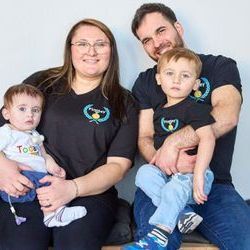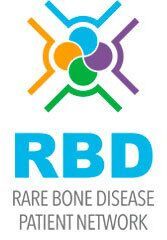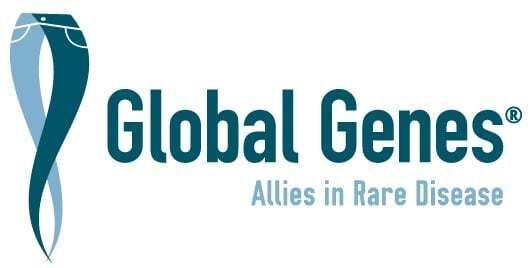Finnley

Told by mom Ashley
When I first found out I was pregnant with Finnley, my husband Mark and I were overjoyed. We had plans for a baby shower, hospital visits from family, and all the special moments that come with welcoming a new baby. But that joy turned to fear very quickly. At just eight weeks, an ultrasound showed that our baby might have a serious chromosomal, structural, or genetic condition. From that moment on, nothing about this pregnancy felt “normal.” We put celebrations on hold because I wasn’t sure what the outcome would be.
At the time, we were living in Maine with our first son, Emmett. But given how complicated things were, I started looking for experts outside of our area. Everyone kept mentioning Dr. Julianne Lauring at New York-Presbyterian/Weill Cornell Medical Center. Since I grew up in New York, I booked an appointment when we went back to visit family for Thanksgiving in 2023.
The moment Dr. Lauring put the ultrasound on my belly, I knew things were serious. She was honest with me but also promised to do everything possible to give my baby a chance. After more tests, including a fetal MRI, we learned that our baby had a large and complex lymphatic malformation. It was growing through his back, armpit, neck, and throat and blocking his airway.
Dr. Lauring suggested we name him so we could talk to him as more than just “the fetus.” That’s when we decided on the name Finnley. We announced his name to our family at Christmas, and even though everything was uncertain, giving him his name gave us hope.
Preparing for Surgery
Because of the mass in Finnley’s neck, Dr. Lauring brought in Dr. Steven Rosenblatt, a pediatric otolaryngologist. He explained that Finnley would need something called an EXIT procedure – a rare surgery done when a baby is at risk of not being able to breathe at birth.
I’ll never forget when Dr. Lauring told me the risks, including the chance I might not survive the surgery myself due to bleeding. It was terrifying. I even sat down with my sister and explained how to help with Emmett if something happened to me. I wrote Emmett a letter telling him how much I love him, just in case.
The delivery room was filled with nearly 45 people – doctors, nurses, specialists – all there just to give Finnley a chance at life.
When Dr. Rosenblatt finally intubated Finnley and called out, “I have the airway,” the room erupted in cheers. For me, hearing that Finnley was alive was the best moment of my life.
Life After Birth
The next day, Finnley needed a tracheostomy so he could breathe safely and a feeding tube to help him grow. Over the following months, he underwent multiple sclerotherapy procedures – treatments that shrank the mass inside him little by little. Watching his doctors work together, often in incredibly risky areas, gave me so much gratitude for their skill and determination.
Slowly but surely, Finnley started to thrive. He pulled at toys, rolled over, and at five months, he let out his very first cry. That sound was a gift. At six months old, he was finally able to come home. He still had his trach, but he was growing, meeting milestones, and proving himself to be the strongest little fighter I’ve ever known.
A Tiny Hero
Through all of this, I kept track of every single “win,” no matter how small. A nurse had told me to write them down, and I’m so glad I did. Things like “could wear a onesie” or “no more ventilator” became milestones that reminded me of how far Finnley had come.
When Finnley turned one, we threw the celebration we had been waiting for. We chose an Olympics theme, with balloons, t-shirts, and photos from his first year of life. During my speech, I said what I know in my heart to be true: “Finn conquers all challenges, defies all odds, and is so worth celebrating.”
Our journey hasn’t been easy, but Finnley is our tiny hero. He’s shown us what resilience looks like, and I will forever be grateful to the incredible team of doctors and nurses who gave him – and us – this chance at life.











